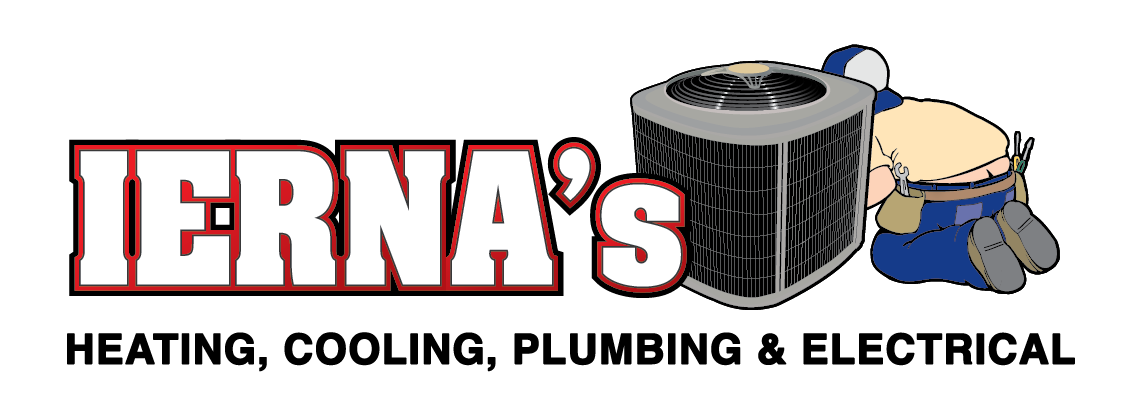
Chances are, the plumbing system within your home is not something you give a whole lot of thought to. That is, until something goes wrong with it. When you need a professional Tampa, FL plumber, fast, you can reach out to our team. Until then, we’re happy to share whatever tips, tricks, and information may help you understand your plumbing system better so that you don’t take it for granted and you schedule services when necessary.
Why Plumbing Vents Are Necessary
Plumbing vents are often the least understood part of the plumbing system for the average homeowner. In fact, you may have even seen them and wondered what they were—they are those pipes sticking up out of the roof that run through your attic and the rest of your home. With the exception of floor drains, all plumbing fixtures require a plumbing vent.
Each of your plumbing fixtures also has a trap. This trap prevents sewer gas from entering your home, where it can be not only unpleasant but unhealthy. When a large amount of water drains through a plumbing fixture, it can create a siphon effect, and this has the potential to pull water right out of the plumbing trap, presenting the risk.
Your plumbing vents prevent these traps from being siphoned, and there for help prevent sewer gas from coming into the home.
How Does This Work?
Your plumbing system actually requires air in order to work at its best. By having access to the outside air, sewer gas can escape, and air can enter the pipes when someone flushes or uses a drain. Take your toilet, for instance. Right below or behind it is a U-shaped pipe that seals access to the sewer with fresh water from the tank.
The next part is the S-trap, which is known as the plumbing vent. Each time a person flushed the toilet, air comes in from the vent to maintain neutral pressure in the pipes, and gravity does the rest. The biggest plumbing vents are needed by your toilets, bathtubs, washing machines, and kitchen sinks.
Is My Home Vented Properly?
There are a few signs to be aware of that indicate your home’s plumbing system may not be properly vented. These signs include:
- Drains that gurgle as the water goes down (this can also be the sign of a drain clog or blockage).
- Slow draining, even when the pipes have been cleaned.
- The foul odor of sewage within your home.
Whether you’re building a home or adding on to your existing plumbing system, be sure to contact a professional for the installation of your plumbing vents, so that you can ensure they are put in the right way and will effectively do their job for the years to come. Another reason professional services are so important in this regard is that our professional plumbers know what it takes to keep up with plumbing and building codes in your community, preventing headaches later on if you go to sell your home!
When you need prompt and efficient plumbing services look no further than IERNA’s Heating & Cooling.
Contact us today!

